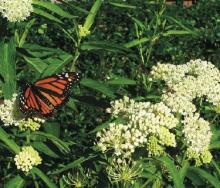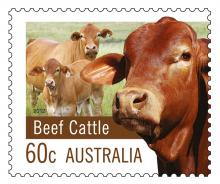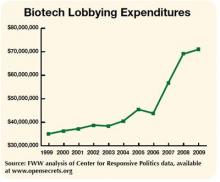In de EU zijn meer dan 186.000 biologische land- en tuinbouwbedrijven die samen 9,6 miljoen hectare bewerken
Dat is 5,4% van het Europese landbouwareaal. Van het totale aantal biologische bedrijven komt 83% uit de 15 oude lidstaten van de Europese Unie. Van het biologische areaal wordt ongeveer 45% gebruikt voor blijven grasland, 15% wordt benut voor de teelt van granen en 13% voor permanente teelten zoals fruit- en olijfbomen. Biologische bedrijven zijn over de gehele Europese Unie gemiddeld groter dan gangbare bedrijven en de bedrijfsleiders zijn gemiddeld jonger. Tussen 2002 en 2011 is het Europese biologisch areaal inclusief de grond in omschakeling toegenomen van 5,7 naar 9,6 miljoen hectare. Gemiddeld komt er elk jaar 6% aan areaal voor biologische landbouw bij. In de nieuwe lidstaten is dat inmiddels 13% per jaar. Toch ligt 78% van de grond van biologische bedrijven in de 15 oude EU-lidstaten.










